
The Galapagos archipelago has just installed its first Electric Vehicle Charging Station.
As you might expect at this internationally important nature reserve the installation is off grid, and 100% powered by the sun.
Located on the archipelago’s most populous island of Santa Cruz the charging station serves the sixty-or-so EV vehicles which use the islands roads. No charge is made for the energy they receive.
Although the islands have a population of fewer than 30,000, they receive almost a five-hundred thousand visitors per year – with both islanders and visitors benefitting from the EV charging installation, which was funded by the South Korean car manufacturer, Kia Corporation.
The remote installation was designed and built by Renova Energia – the Ecuadorian specialist in solar-based energy system design, supply and installation. Their first off-grid EV charging station includes the following devices:
- 86 x Solar Panels by JinkoSolar offering 34.83kWp
- 6 x MultiPlus-II 48/8000/110-100 230V Inverter chargers configured for 3 phase operation
- 16 x LiFePO4 Battery 12,8V/160Ah Smart providing 32kWh total capacity
- 2 x SmartSolar MPPT RS 450/200-Tr Solar Charge Controllers
- A Cerbo GX with GX Touch 50 user interface
The SmartSolar MPPT RS solar charge controller has been designed for systems with large series-connected PV arrays charging 48 VDC battery banks. It’s equipped with VE.Can bus ports which allows additional SmartSolar RS and VE.Can MPPT units to be daisy-chained for synchronised battery charging from large solar arrays.
Testing the system in real life David Aguirre, who was the Lead Engineer for the project, found that they could increase their Kia Electric Vehicle battery’s stored energy from 15% to 90% in just 35 minutes with a 3-phase 22kW charge. A full battery charge in their vehicle provides a range of 150 – 200 km. The station is capable of charging five vehicles per day.
The installation’s power history shows that during the first three months of operation it was delivering an average of 100kWh in charged energy per day.
However, not all Galapagos residents will be choosing life in the fast lane, regardless of how sustainable it is.
Tortoise: Magda Ehlers
Kia Corporation have commissioned a video of their sponsored Galapagos EV charging station project.






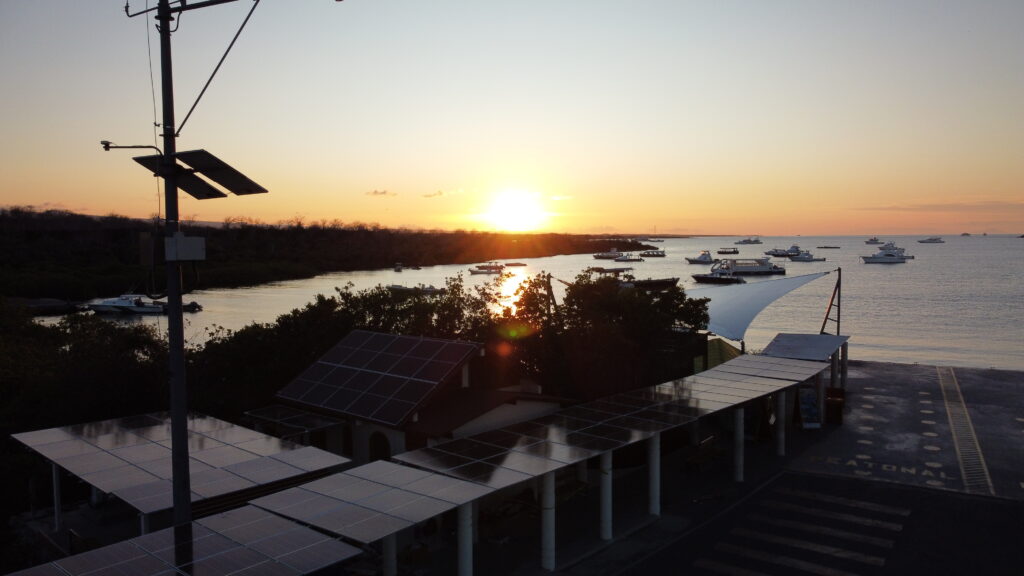
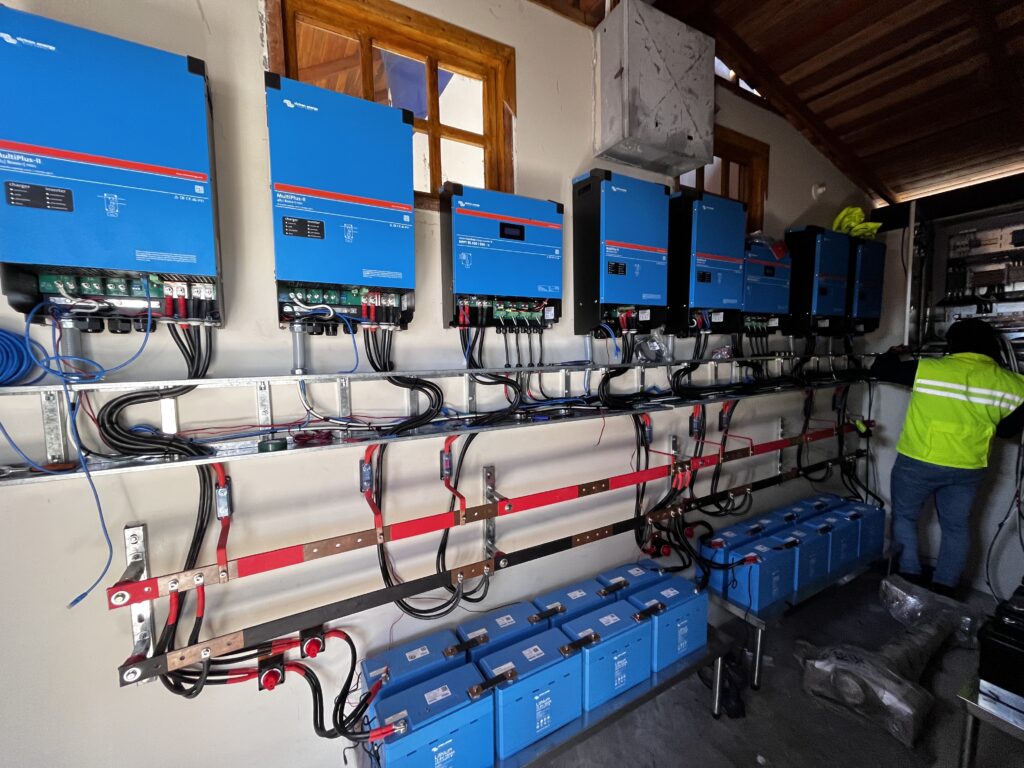
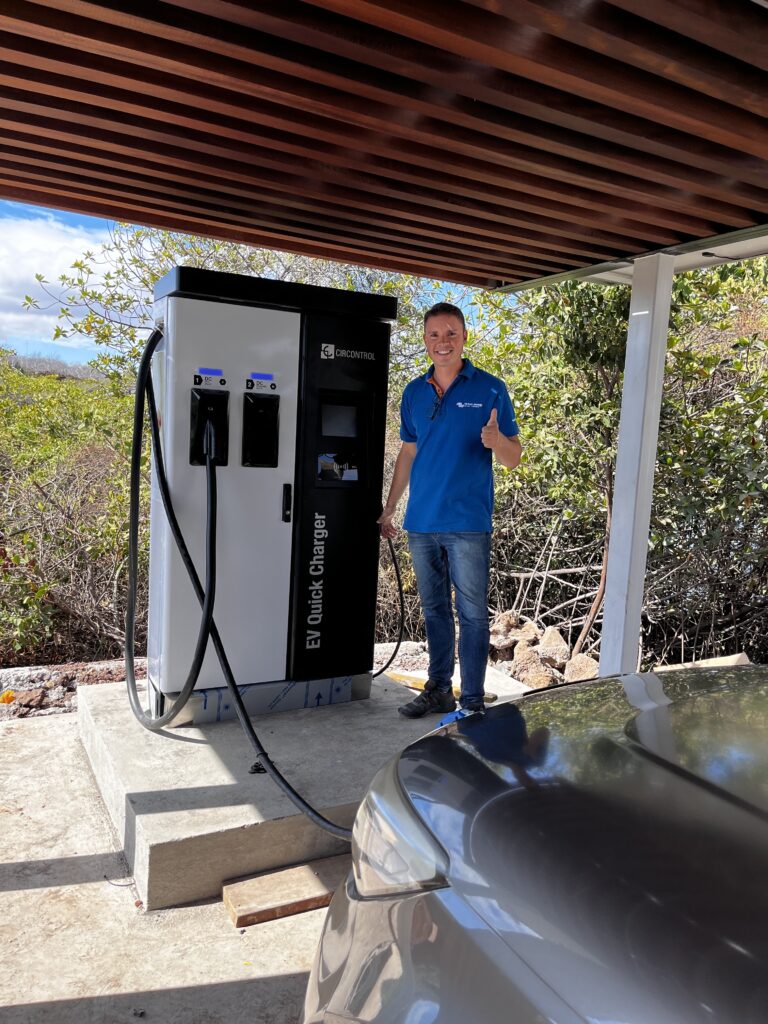
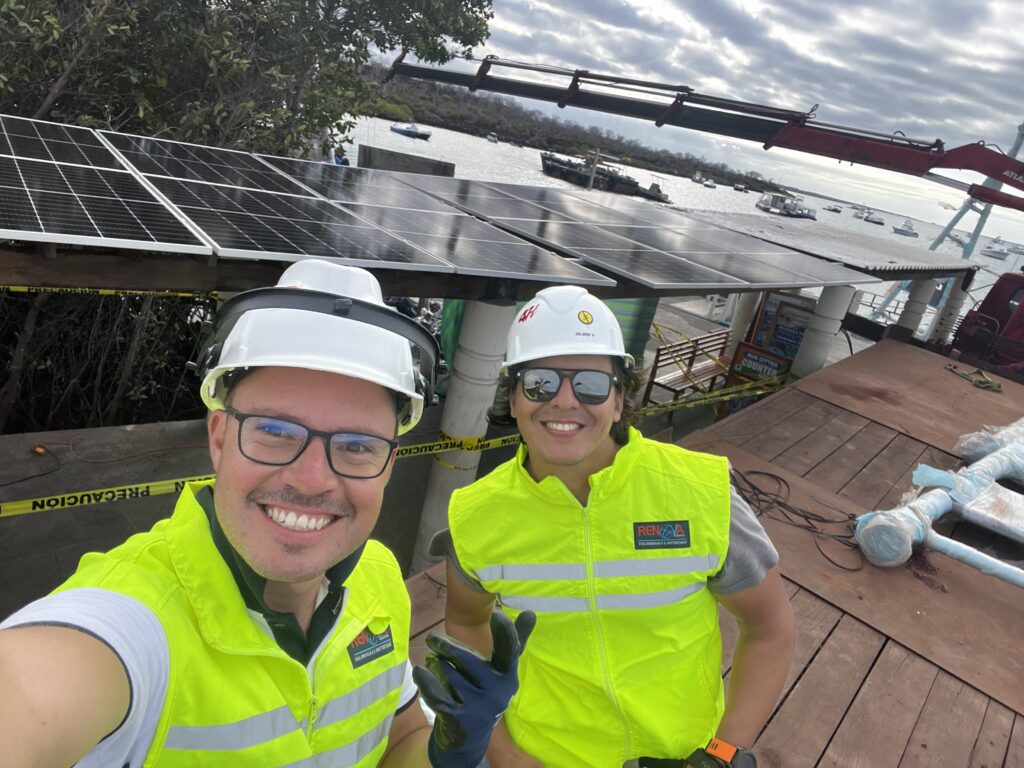
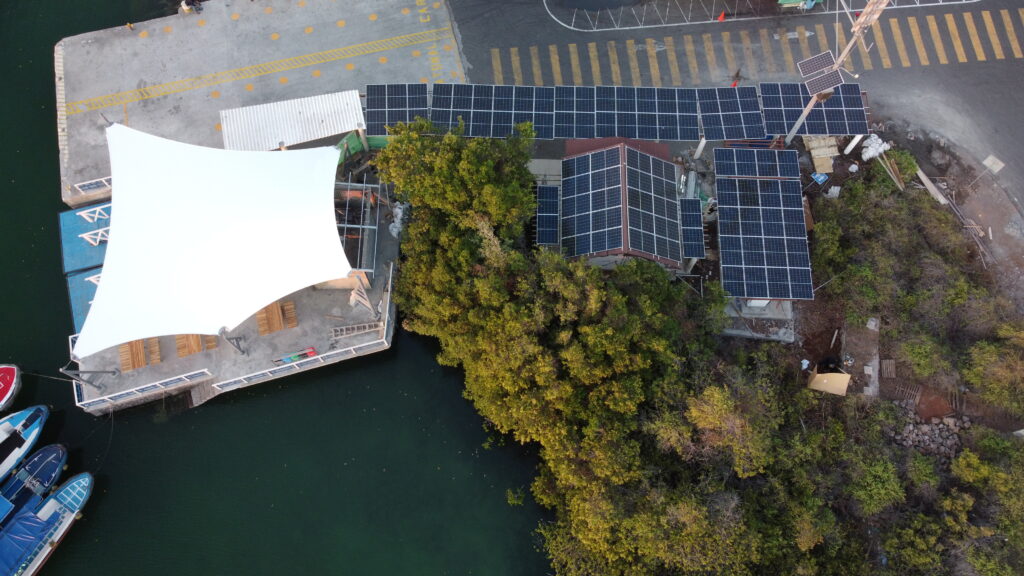



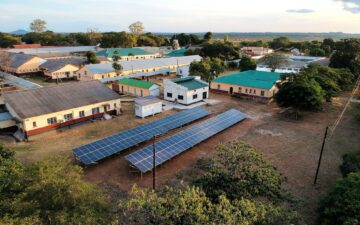









 #victronenergy #adventure
#victronenergy #adventure
 ELECTRICS
ELECTRICS 
